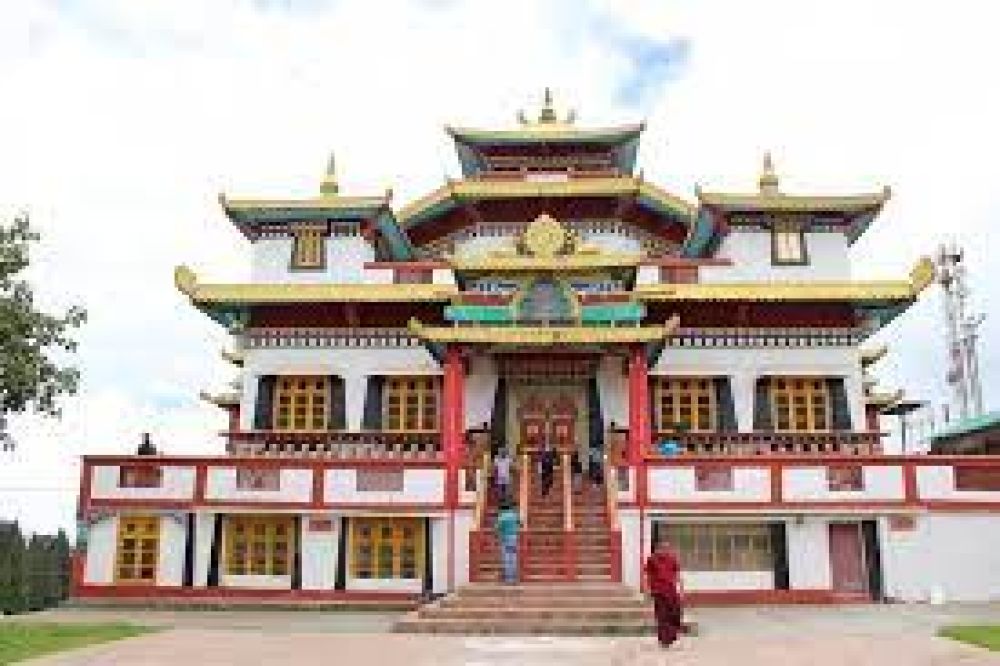

Perched on the Durpin Dara Hill in Kalimpong, West Bengal, the Zang Dhok Palri Phodang, commonly known as Durpin Monastery, is a significant religious center and tourist attraction. The hill offers breathtaking views of the Kalimpong town, snow-clad Himalayan ranges, and the confluence of the Teesta and Rangeet Rivers, making it a prime location for both spiritual seekers and nature enthusiasts.
Durpin Monastery was consecrated by the revered Dalai Lama in 1976 and holds sacred Buddhist scriptures brought from Tibet. The establishment of the monastery marked the beginning of a significant pilgrimage site for Buddhists and led to an influx of spiritual tourists seeking tranquility and enlightenment.
Over the years, the serene beauty of Durpin Hill and its panoramic views have added to the tourism appeal, drawing not only the devout but also history buffs, photographers, and travel enthusiasts. The influx of visitors provided a catalyst for local economic growth, with the establishment of markets, hotels, and a robust service industry catering to tourists' needs.
The area's tourism history is intertwined with Kalimpong's reputation as a quiet hill station, which gained currency during the British Raj. British officials would often retreat to Kalimpong to escape the summer heat of the Indian plains, establishing the town as a resort destination.
In recent times, the shift towards experiential and sustainable travel has impacted how visitors engage with places like Durpin Monastery. Instead of short visits, many tourists now prefer immersive cultural experiences that include meditation sessions, participation in monastic life, and exploration of the adjacent horticulture nurseries, which Kalimpong is renowned for.
The trend of health and wellness tourism has also led to a spurt in interest in the monastery's serene surroundings for yoga and meditation retreats. Furthermore, local authorities and tourism stakeholders have been collaborating to improve infrastructure, enhance the visitor experience, and promote responsible tourism practices that preserve the site's natural and spiritual essence.
Community-based tourism is another emerging trend, with tourists showing a growing appreciation for local traditions. This has led to a focus on cultural festivals, indigenous crafts, and cuisine, all of which have begun to feature prominently in the tourists' itineraries in and around Durpin Monastery.